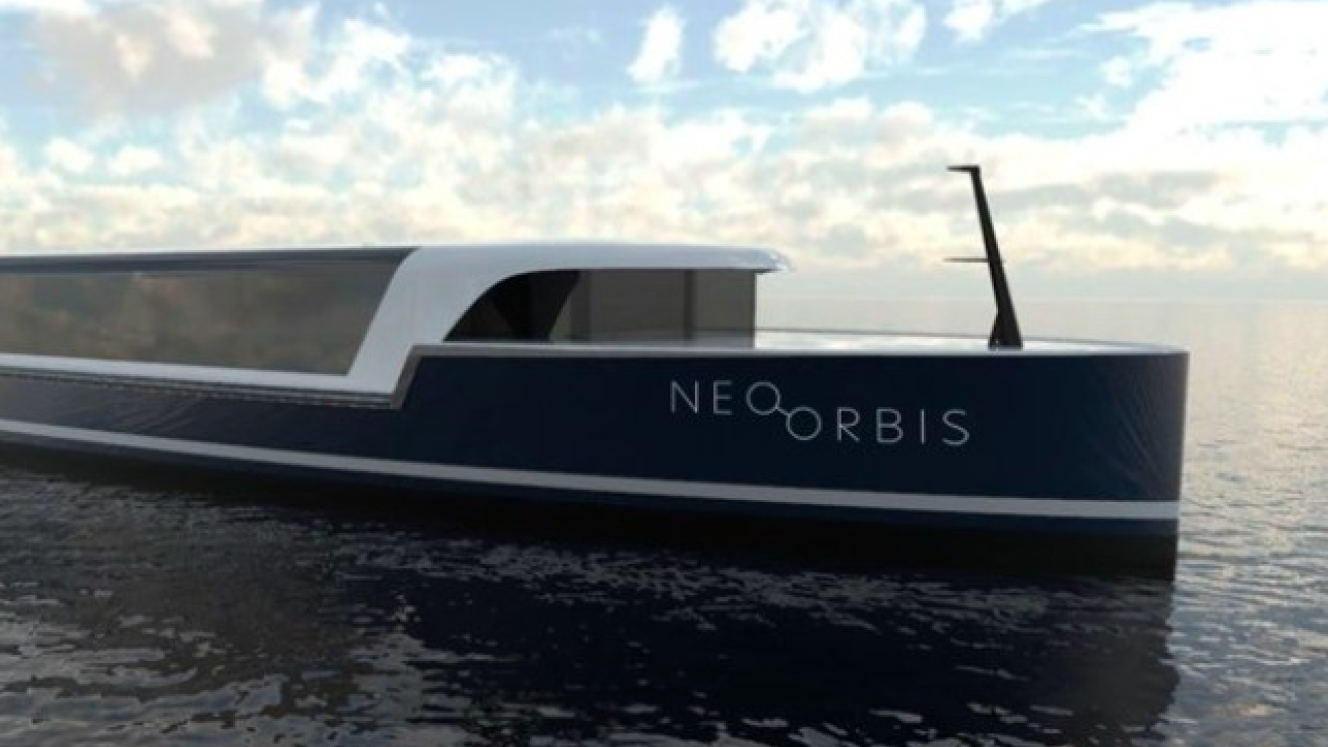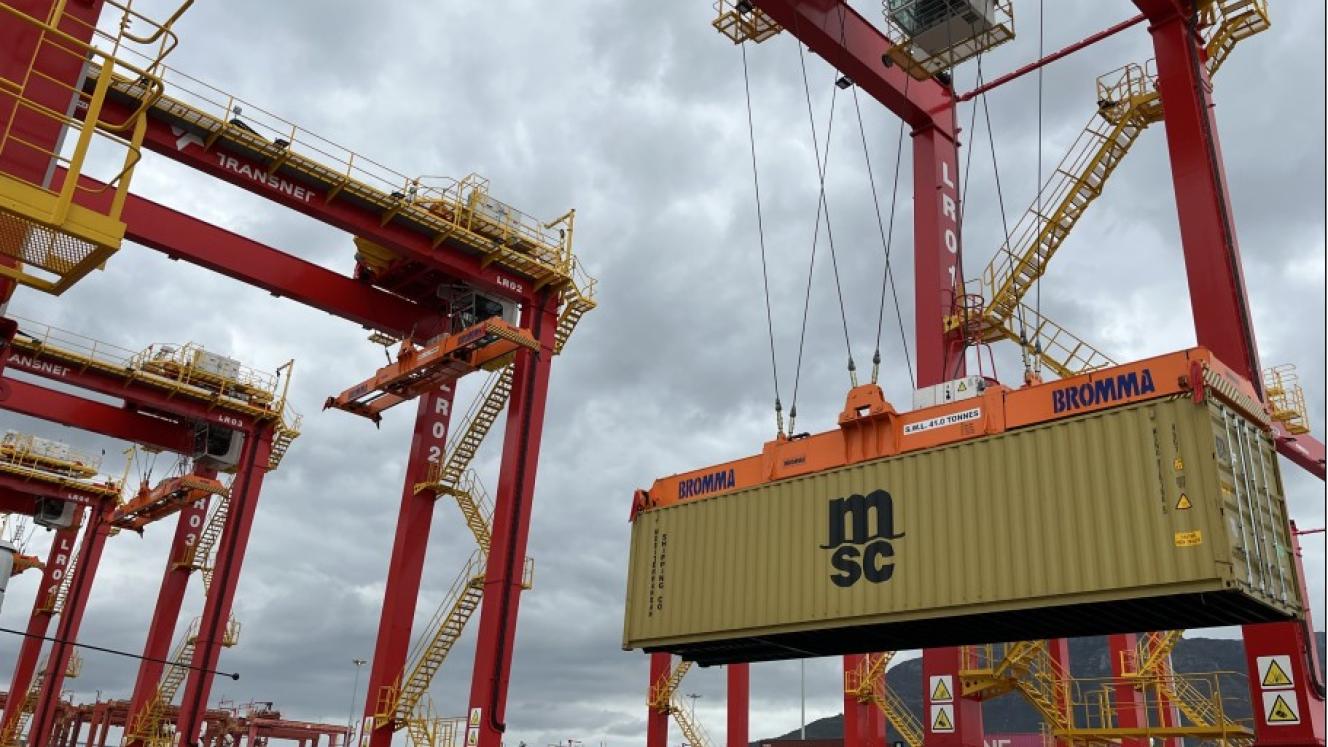Construction of the world’s first hydrogen-powered vessel to run on solid sodium borohydride is under way.
The Port of Amsterdam and New Generation Shipyard announced last week that the firm had now completed the keel-laying for the hydrogen-powered cargo ship, Neo Orbis.
Maritime Executive reports that the small boat will be about 65 feet (19.8 metres) long, similar in size to the sightseeing boats that have operated in Amsterdam for years. The vessel has been designed to sail in the city’s canals and in the seaport between Amsterdam and Ijmuiden.
Construction of Neo Orbis is expected to be completed by the end of the second quarter of 2023. The shipyard and its advisers will then install the specialised fuel supply equipment needed to turn sodium borohydride into a source of hydrogen gas. The vessel will enter service in 2024 instead of mid-2023 as initially anticipated.
The port and its project partners claim that Neo Orbis is the first vessel ever built to run on sodium borohydride. The chemical is a solid powder which, when mixed with water in the presence of a catalyst, releases large volumes of hydrogen gas that can be captured and used to power a fuel cell for electrical propulsion. Two batteries will provide backup power, and a system of automatic controls will monitor the hydrogen fuel supply for safety.
The team believes that this system has certain advantages when compared with hydrogen. These include the fact the sodium borohydride has a higher energy density and is not explosive or particularly flammable. It is a widely available industrial chemical. In the long term, the team hopes to turn the residual materials from the reaction back into new sodium borohydride fuel.
Neo Orbis is part of the H2Ships project, a regional initiative to demonstrate the potential of hydrogen-fuelled shipping in northwestern Europe.













